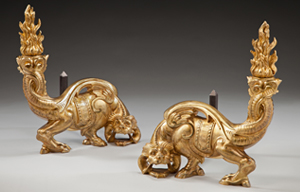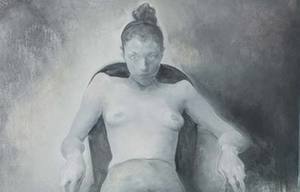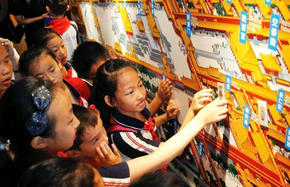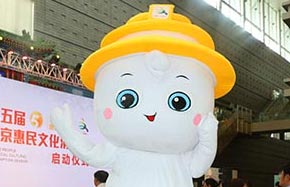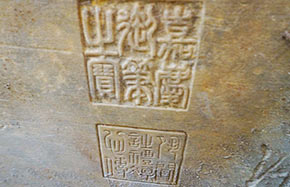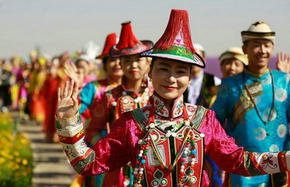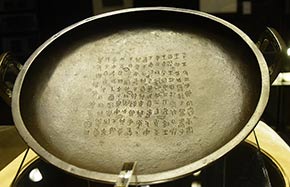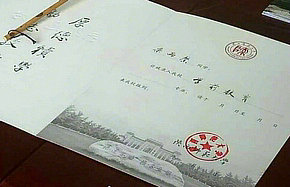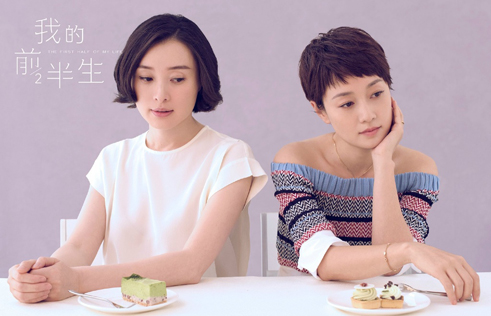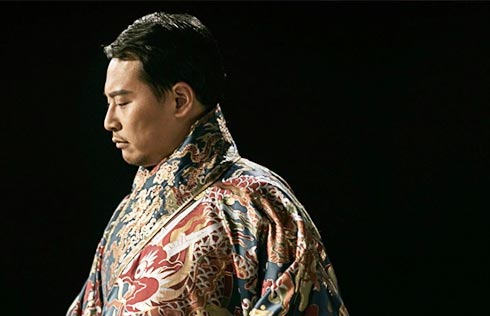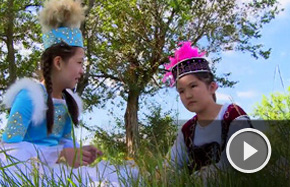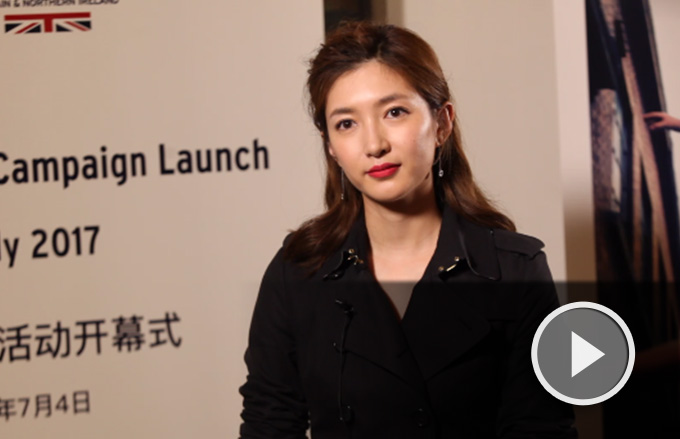Like spring rain for artistic souls
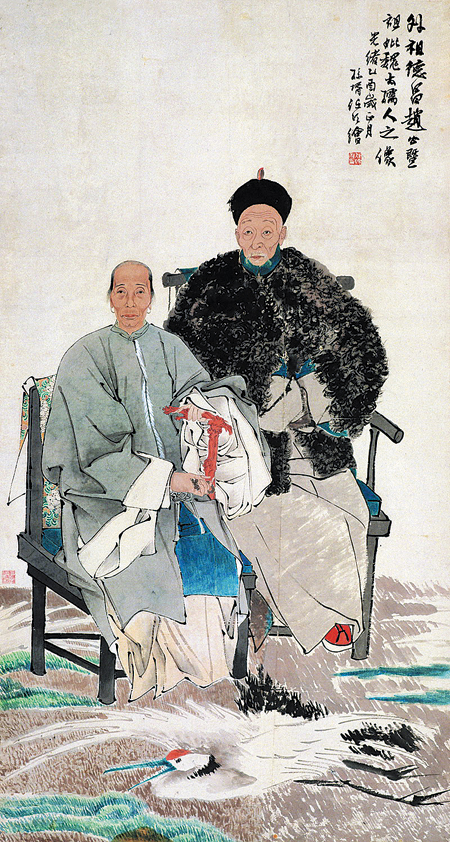 |
|
The Couple of Zhao Defu, 148.5/80 cm, ink and water, by Ren Bonian in 1885. |
The collection was accumulated in tandem with NAMOC's construction. In 1961, a three-person team started collecting and purchasing and shortly after that came the first contribution - 116 ink-and-water paintings of Chen Shuren, one of the "three masters of the Lingnan School" - from his wife Ju Ruowen. By the time the museum was opened, it boasted a collection of nearly 5,000 works.
Three years later, Deng Tuo, an intellectual and journalist, donated 145 works and sets of paintings, several of which were appraised as national treasures. Deng's generosity inspired more artists and their families to do the same.
NAMOC's deputy director Liang Jiang says the museum's collection experienced explosive growth after the "cultural revolution" (1966-76).
One remarkable contribution was Refugees, the most influential work of Jiang Zhaohe, which his family donated in 1998. Jiang, a reformer of figurative painting, adopted a Realist approach to reveal the hardships of poor people and cruelty of society. The huge ink painting is 2 meters tall and 12 meters wide.
"From the perspective of art history, Refugees is one of the classics of 20th century Chinese painting. It is not overstated at all to call it a treasure of NAMOC," says Yang Lizhou, the museum's former director and an ink-and-water painter himself.
In 1996, the museum received its most significant contribution of Western modern art. The Ludwigs, German industrialists and collectors, donated 117 works of 82 Western artists, including four of Picasso's paintings.
Meanwhile, Liang, the deputy director, reveals that the family of photographer Lang Jingshan intends to donate his works, which will boost NAMOC's collection in an area where it could be considered weak.
| Bidding on change | Mao Yan's artworks on display |




